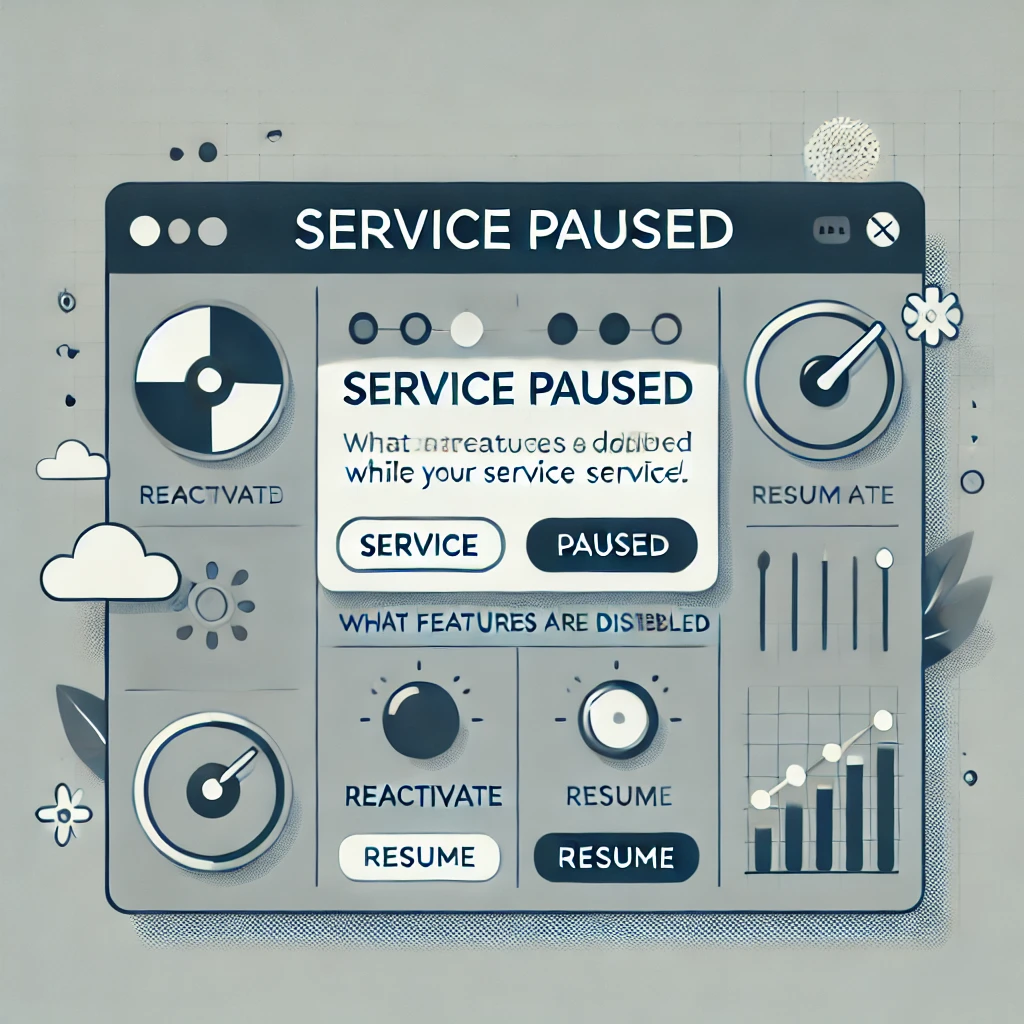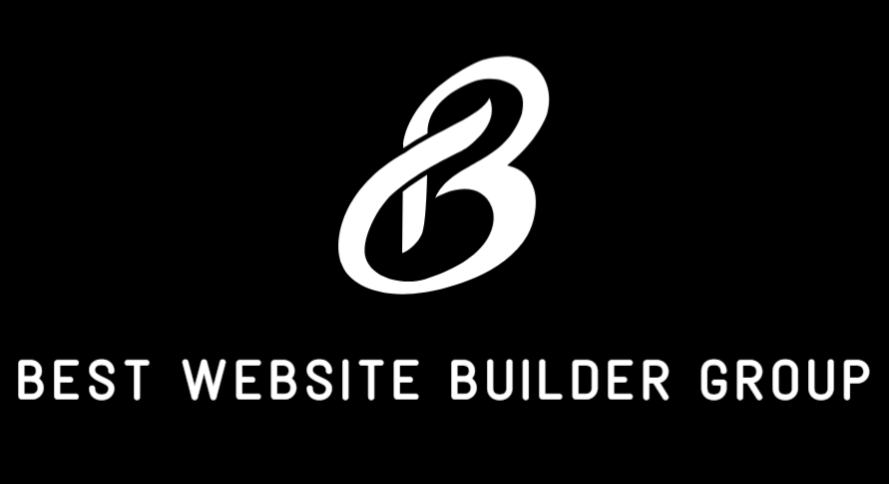When it comes to search engine optimization, few elements carry as much weight as website content. Content is the foundation upon which all other SEO efforts are built. It informs search engines about what your site offers, helps you attract qualified traffic, and ultimately positions your website as a trusted authority in your niche.
Without high-quality, well-structured website content, even the most technically optimized site will struggle to rank. Google has said for years that content is one of its top three ranking factors. But what exactly does that mean in practice? And how do you ensure that your content isn’t just filler, but actually fuels your visibility in search?
In this article, we’ll explore the vital relationship between website content and SEO, and how to create content that both users and search engines love.

Why Website Content Is Central to SEO
Search engines like Google use automated bots, or crawlers, to scan your website and determine what it’s about. These bots don’t “see” images or videos the way humans do — instead, they rely on text. They analyze your titles, headings, paragraphs, and metadata to understand your site’s relevance to user queries.
Every page of website content offers an opportunity to target specific keywords, address user intent, and build topical authority. Whether it’s a homepage, a blog post, a service page, or a FAQ, each piece of content adds depth to your domain’s relevance and improves its ability to rank.
Without robust content, your website becomes a thin, shallow destination in the eyes of both users and Google — and thin sites rarely earn visibility.

Characteristics of High-Quality Website Content
High-quality content serves both human users and search engines. It is clear, engaging, relevant, and helpful. Google’s quality guidelines emphasize E-E-A-T: Experience, Expertise, Authoritativeness, and Trustworthiness. These principles are especially important in industries involving health, finance, or major life decisions, but they apply universally.
Content that ranks well usually shares the following traits:
- Written with a clear understanding of the topic
- Structured for readability with proper headings and flow
- Offers unique insight rather than regurgitated information
- Uses proper grammar and avoids keyword stuffing
- Answers the user’s search intent clearly and effectively
Sites like Best Website Builder Group demonstrate how service-based businesses can structure content to highlight expertise while still targeting key search terms.

Keyword Integration and Natural Language
One of the most fundamental principles of SEO is using the right keywords in the right places. However, keyword integration should be natural. Google’s algorithms have evolved to detect and penalize content that feels robotic or stuffed with unnatural phrasing.
A page targeting “website content,” for example, should include that phrase in:
- The title
- The meta description
- At least one subheading
- 3–5 times throughout the body copy (in natural phrasing)
- The image alt tags and file names where relevant
At the same time, your writing should remain fluid and focused on clarity. Avoid overusing the same phrase — instead, use synonyms or semantically related terms. Google’s NLP-based models like BERT and RankBrain are designed to understand context. So whether you use “website content,” “site copy,” or “webpage writing,” the engine understands your intent.

The Role of Content Depth and Topical Authority
Topical authority is a concept that reflects how comprehensively your website covers a particular subject. If you’re a website design agency, for example, you might have multiple blog posts and pages on topics like e-commerce platforms, design trends, SEO best practices, and mobile responsiveness.
Each piece of content adds to your domain’s perceived authority.
Long-form content, like in-depth blog posts and guides, helps demonstrate expertise and keeps users engaged. In fact, studies have shown that content exceeding 1,500 words tends to rank higher, especially when it is well-organized and truly helpful.
Google’s Helpful Content update emphasizes this further. Websites that produce original, user-first content will be rewarded. This means every article, landing page, and category description should be designed to solve a problem or fulfill a need, not just rank.

Optimizing On-Page Elements Within Content
Optimizing your website content for SEO isn’t just about the body text. Several on-page elements contribute to how effectively your content performs in search engines. These include:
- Title Tags: Every page should have a unique and descriptive title tag, ideally starting with your target keyword.
- Meta Descriptions: This is your chance to improve click-through rate from the search engine results page.
- Headings (H1–H4): Proper use of headings helps structure your content and signal relevance to both users and search engines.
- Image Alt Text: Images should include descriptive alt text that ties back to your topic or keyword where appropriate.
- Internal Links: Linking between pages builds site architecture and keeps users engaged longer.
Sites like Moz and Ahrefs offer deeper guides into these principles, but it all begins with sound, strategic content.
Content Freshness and Regular Updates
Even great content can go stale. Google prefers up-to-date content, especially for topics that evolve rapidly — such as SEO, tech, or industry trends.
Keeping your website content fresh involves:
- Updating outdated information
- Refreshing links and statistics
- Improving formatting for readability
- Expanding on new angles or developments
This is where a consistent content publishing schedule makes a difference. At Best Website Builder Group, for example, the blog is regularly updated with insights on platforms like Shopify, WordPress, and Webflow — ensuring the site remains relevant in Google’s eyes.

Understanding User Intent Behind Content Creation
One of the biggest mistakes site owners make is writing content for keywords, not for users. The key to SEO success lies in aligning website content with search intent.
There are generally four types of intent:
- Informational – The user wants to learn (e.g., “What is website content?”)
- Navigational – The user is looking for a specific site (e.g., “Best Website Builder Group blog”)
- Transactional – The user is ready to buy (e.g., “Buy website content writing services”)
- Commercial Investigation – The user is comparing options (e.g., “Best CMS for SEO”)
Matching your content format and tone to the right intent ensures longer time on page, lower bounce rate, and higher conversion potential.

The Relationship Between Content and Internal Linking
Great website content also improves your site’s internal linking potential. Internal links help distribute page authority, guide users to related topics, and improve crawlability — all key factors in SEO.
For example, a blog post on “What is SEO” might naturally link to:
- A landing page on SEO services
- Another post about technical SEO
- A related guide on improving website structure
This forms a content cluster that supports the primary topic and demonstrates expertise.
You can see this strategy in action throughout the Best Website Builder Group blog, where posts reinforce each other through topic relevance and helpful navigation.

Content Design and Readability
Formatting your content properly makes it easier for users to digest — and for Google to crawl. Use clear subheadings, short paragraphs, and meaningful transitions. Avoid overwhelming walls of text or erratic formatting that makes reading a chore.
Even typography and spacing matter. Sites that use mobile-optimized layouts and well-sized text tend to perform better in both user engagement and mobile SEO rankings.
Including visuals, charts, or infographics where appropriate can also boost time on page and user understanding — further supporting your content’s success in search.

Measuring Content Performance
Once your website content is published, the work isn’t done. You’ll want to monitor how it performs:
- Use Google Analytics to track time on page, bounce rate, and conversion paths
- Use Google Search Console to see which keywords are bringing in impressions and clicks
- Look for signs of cannibalization (too many pages targeting the same term)
- Evaluate how often your content earns backlinks and shares
This data allows you to optimize underperforming content and replicate what’s working.
Conclusion
If you want to improve your search engine rankings, nothing is more foundational than your website content. Great content acts as the voice of your brand, the magnet for traffic, and the bedrock of your SEO strategy. It communicates value, builds authority, and guides visitors to action — all while telling Google what you deserve to rank for.
At Best Website Builder Group, we help businesses develop optimized, high-performance content that stands out in search — not just because it’s technically sound, but because it’s truly helpful to the people who read it.
